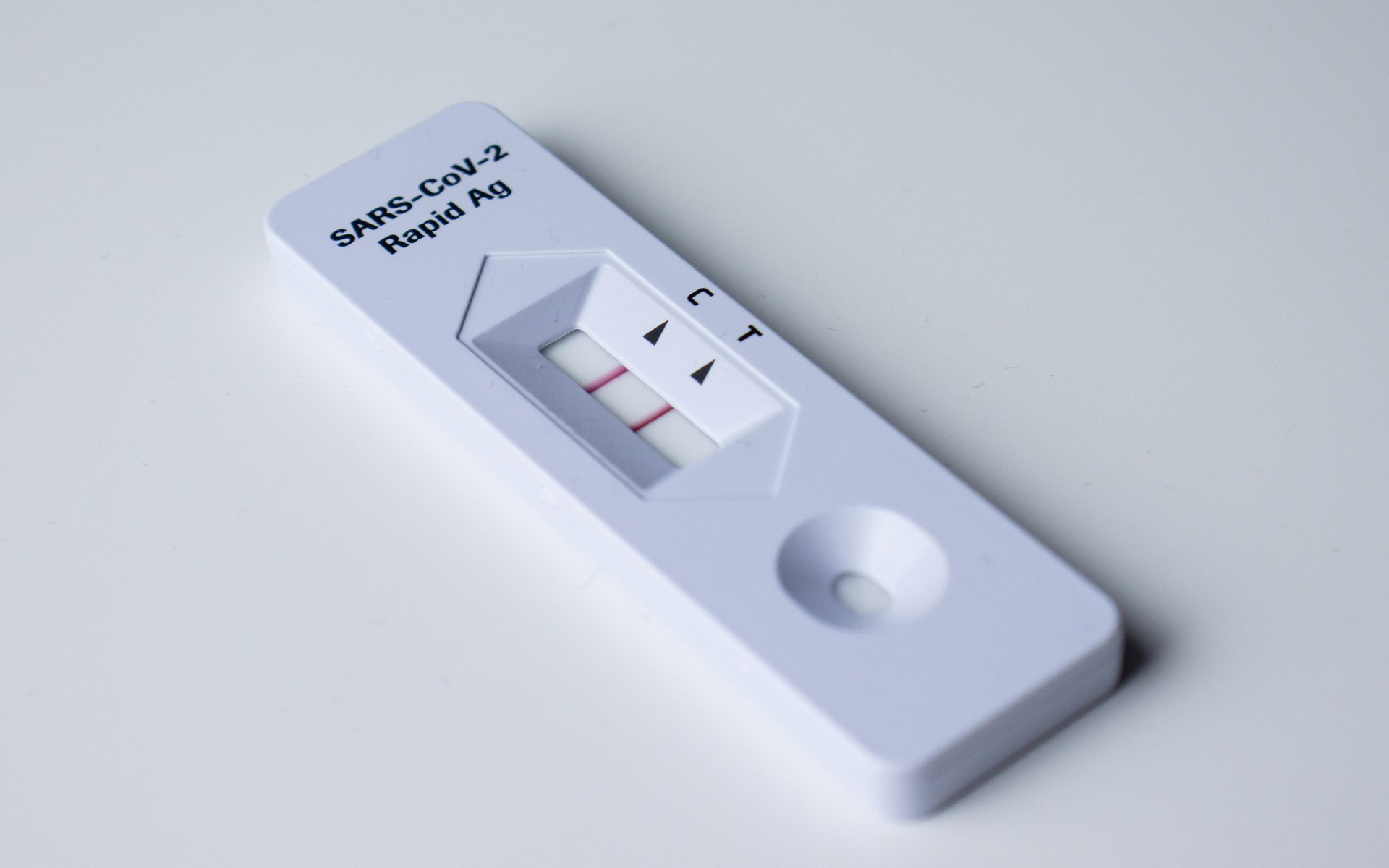Media release
From:
A new study led by the Centenary Institute and the University of Sydney shows that a nasal vaccine could offer powerful protection against COVID-19. It works by stopping infection in the nose before the virus spreads through the body.
The research comes as COVID-19 continues to affect Australians’ health, with more than 150,000 cases reported so far in 2025, according to the Federal Government’s Notifiable Diseases Surveillance System.
Published in the journal Frontiers in Immunology, the study tested a nasal vaccine made from the SARS-COV-2 spike protein combined with Pam2Cys, an immune-boosting compound developed at the University of Sydney’s School of Chemistry. Unlike current injected vaccines, which are highly effective at preventing severe illness but less effective at blocking infection and transmission, the nasal vaccine builds immune defences directly in the upper airways where the virus first takes hold.
In pre-clinical models involving mice, the nasal vaccine triggered strong immune defences in both the nose and bloodstream. When used after a standard COVD-19 injection, it acted as a powerful booster and provided full protection, with no virus detected in the lungs and brain.
Professor Warwick Britton, senior co-author of the study, from the Centenary Institute’s Centre for Infection & Immunity, said the findings highlight the unique benefits of targeting immunity in the nose.
“Our study shows that a nasal vaccine can build strong immune defences right where the virus first enters the body, the nose, to help prevent infection,” said Professor Britton.
“Used as a booster after a standard injection, it also gave protection to vital organs like the lungs and brain. These results highlight the advantages of targeting immunity in the upper airways. This study is a very promising outcome.”
Senior study co-author, Dr Anneliese Ashhurst, from the University of Sydney, said nasal vaccines could play an important role alongside existing COVID-19 vaccines.
“Nasal vaccines could work hand-in-hand with current COVID-19 vaccines. By blocking the virus in the nose before it spreads, we not only reduce the risk of severe illness but also potentially cut transmission in the community. That’s essential for lowering overall case numbers and limiting the rise of new variants.”
Dr Erica Stewart, first author and researcher at the Centenary Institute when the work was undertaken, said the findings strongly support further development of Pam2Cys-based vaccines.
“Pam2Cys has shown it can boost immune responses in the nose, where protection is most needed. Our findings highlight its promise as a powerful new approach to strengthening protection against COVID-19,” said Dr Stewart.
The researchers say that while more work is needed, the results show strong potential for nasal vaccines to complement existing COVID-19 vaccines and provide an extra layer of protection against the virus in the future.
The study was funded by a NSW Health COVID-19 Vaccine Acceleration Research Grant.
Multimedia




 Australia; NSW
Australia; NSW



